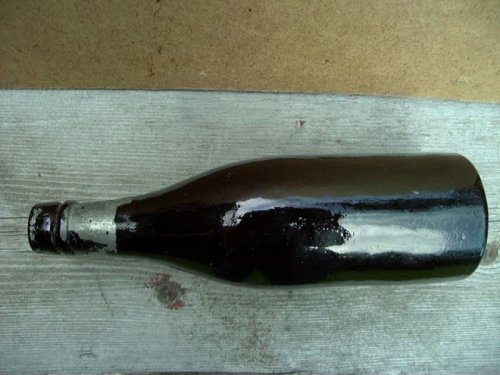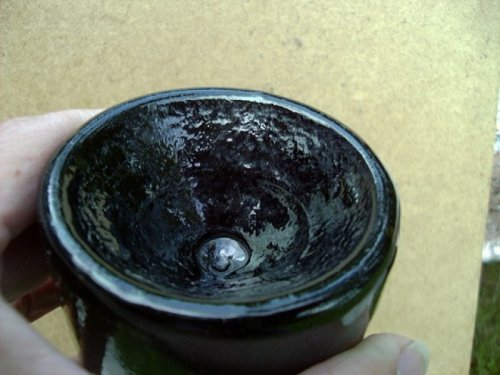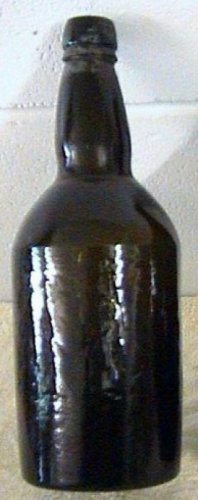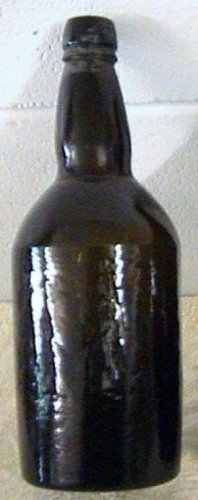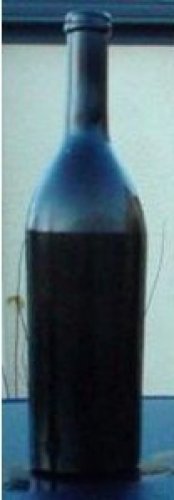nanaof3
Member
Hello, I'm a newbie to this forum, which I think is exceptionally awesome; the forum, not me[ ] All that aside, I have come across a black glass bottle and was wondering if someone might know something about it, ie. approx. when made, what was it's contents and is it worth anything? I'm new to bottles as a whole and what knowledge (although limited) I have, has come from searching the net. What has been most helpful has been all the info i have gleaned from this site[
] All that aside, I have come across a black glass bottle and was wondering if someone might know something about it, ie. approx. when made, what was it's contents and is it worth anything? I'm new to bottles as a whole and what knowledge (although limited) I have, has come from searching the net. What has been most helpful has been all the info i have gleaned from this site[ ] [
] [ ]Sorry about the size of this one.
]Sorry about the size of this one.
Next pic will be cropped better.

Next pic will be cropped better.


